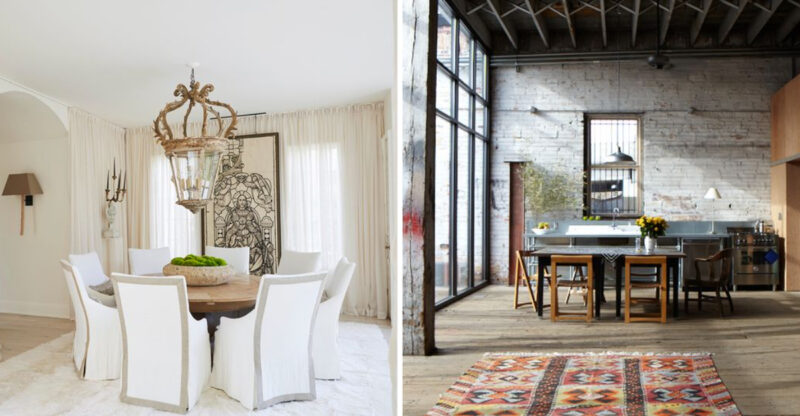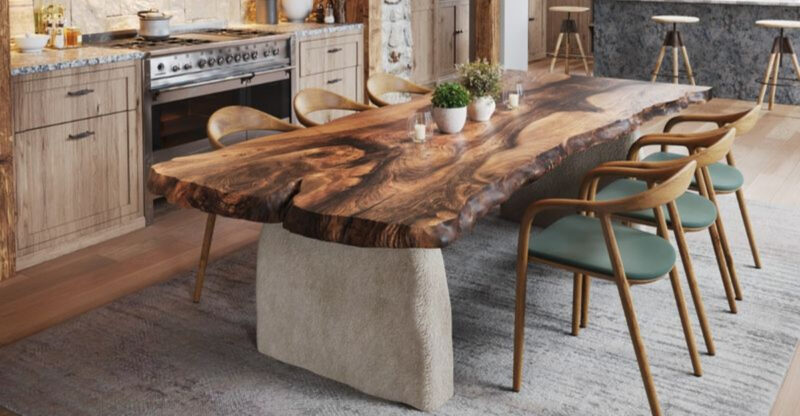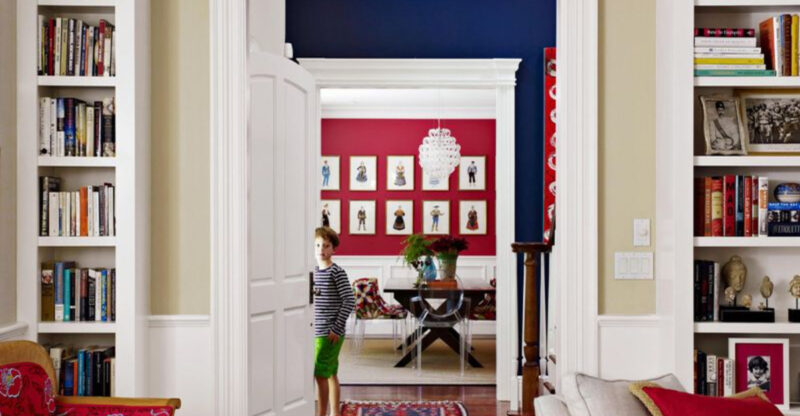12 Things To Never Put In An Entryway According To Interior Designers (Plus 7 Giant No’s)
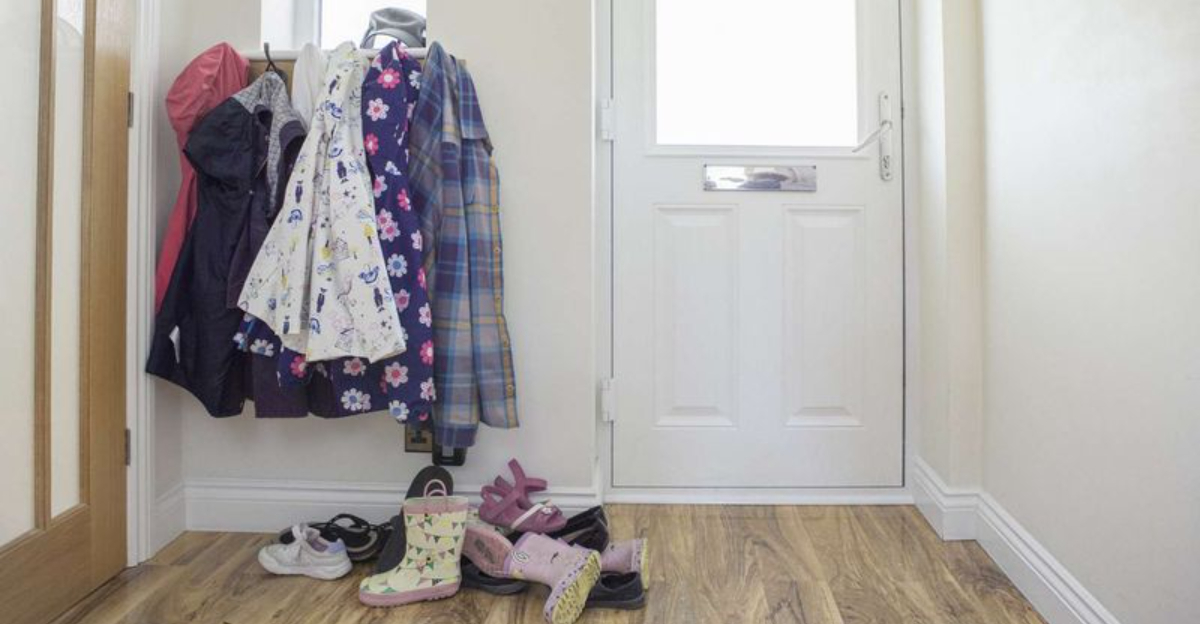
Your entryway sets the tone for your entire home, it’s the first impression guests receive when stepping through your door. Getting this space right can make or break your home’s flow and functionality.
I’ve seen countless entryway disasters in my design career, and today I’m sharing what professional designers agree should never make an appearance in this crucial transition space.
1. Bulky Furniture That Blocks Traffic Flow
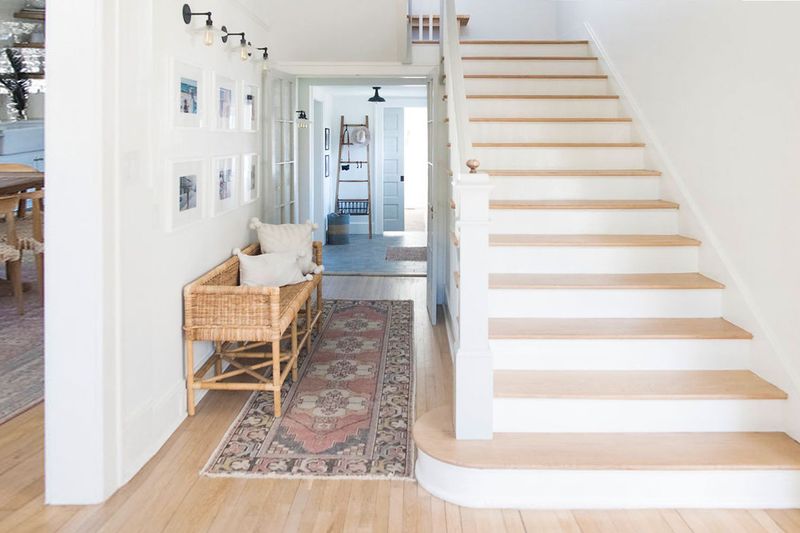
Nothing screams ‘amateur mistake’ louder than a massive armoire that forces guests to shimmy sideways just to enter your home. Entryways need breathing room, not obstacle courses!
Choose slim console tables or wall-mounted solutions instead. The golden rule? Leave at least 36 inches of walking space for comfortable movement.
Your entryway should welcome people, not challenge them to an impromptu game of Twister as they navigate around furniture behemoths.
2. Fragile Decorative Items
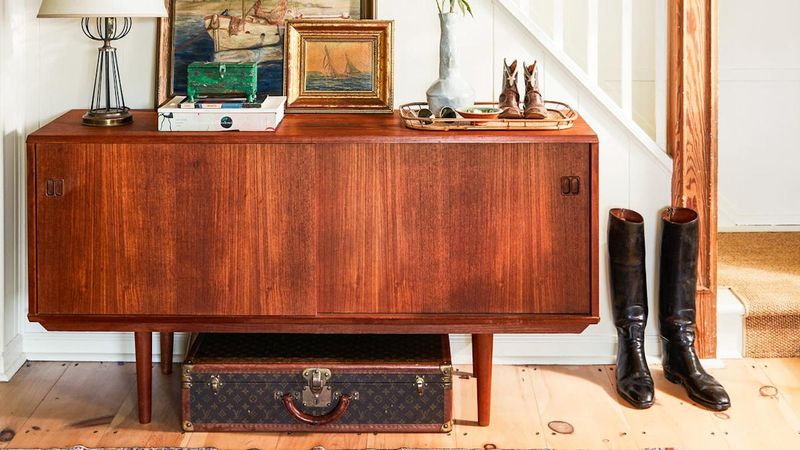
Crystal vases and delicate figurines might look gorgeous in your curio cabinet, but they’re disasters waiting to happen in high-traffic entryways. One rushed morning, one excited dog, one energetic child, boom! Shattered dreams (and glass).
Opt for sturdier decor that can withstand daily life’s hustle. Wooden sculptures, metal art pieces, or textured ceramics offer beauty without the breakage risk. Remember that entryways experience more bumps, bags, and bustling than any other space in your home.
3. Excessive Plant Collections
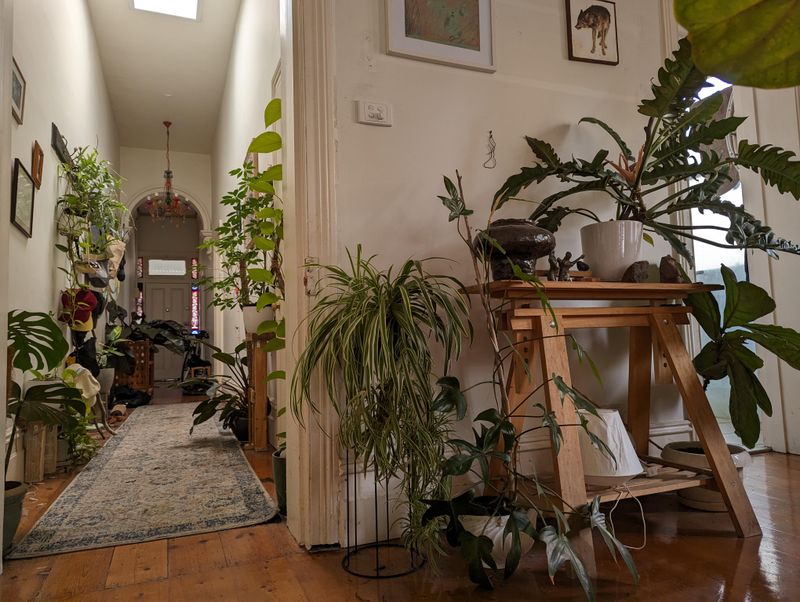
While I adore a good fiddle leaf fig, turning your entryway into a botanical garden creates more problems than Instagram-worthy moments. Plants need light, space, and care, three things entryways typically lack. Limit yourself to one statement plant that thrives in your specific light conditions. Quality over quantity wins every time when space is limited.
Plus, nobody enjoys navigating through a jungle of leaves while carrying groceries or dodging falling soil when closing the door.
4. Unsecured Rugs Without Proper Backing
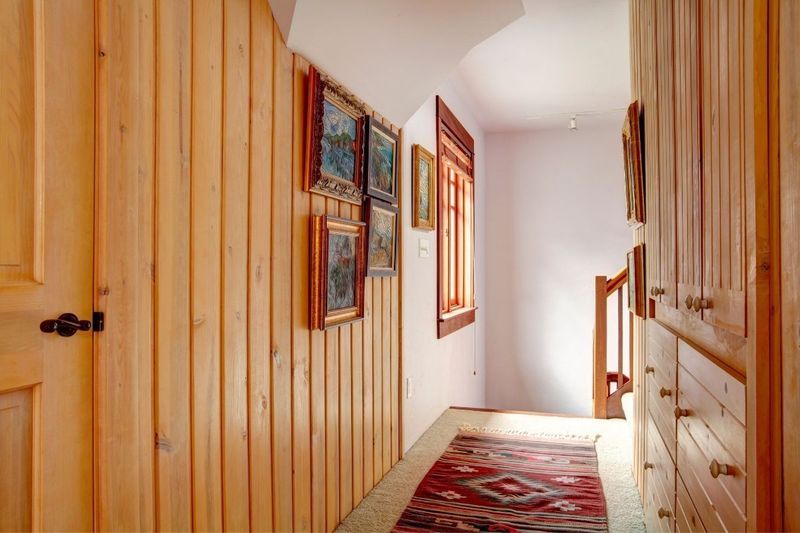
Slippery, unsecured rugs are the silent villains of entryway design. They slide, bunch up, and create genuine safety hazards for everyone entering your home.
Always use proper rug pads or choose rugs with built-in non-slip backing. This isn’t just about aesthetics, it’s about preventing those embarrassing (and potentially dangerous) entryway tumbles.
Your beautiful vintage runner loses all its charm when it sends grandma sliding across the floor like she’s auditioning for Olympic curling.
5. Unorganized Mail And Paper Piles
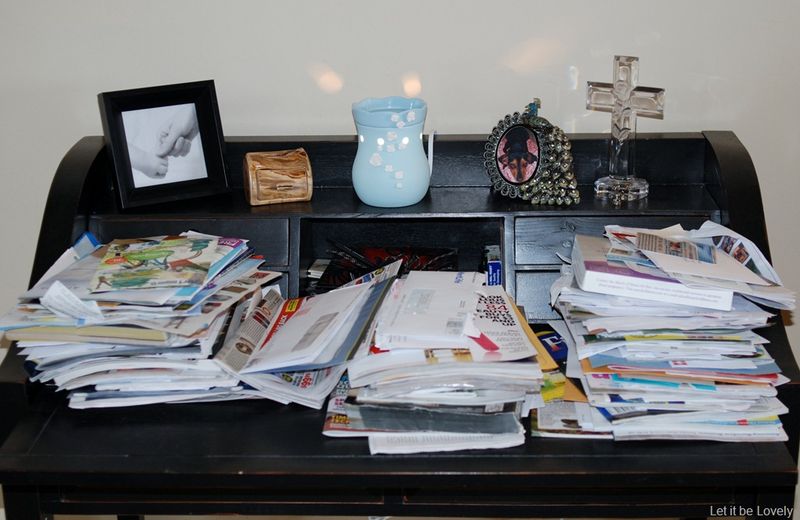
Nothing says “I’ve completely surrendered to chaos” quite like mail mountains and paper avalanches greeting visitors at your door. These piles multiply faster than rabbits when left unchecked.
Create a designated sorting system with labeled bins for different categories. Handle each piece once, act on it, file it, or toss it immediately.
Your entryway should set a peaceful tone for your home, not remind everyone (including yourself) of all the administrative tasks you’re avoiding.
6. Poorly Placed Mirrors
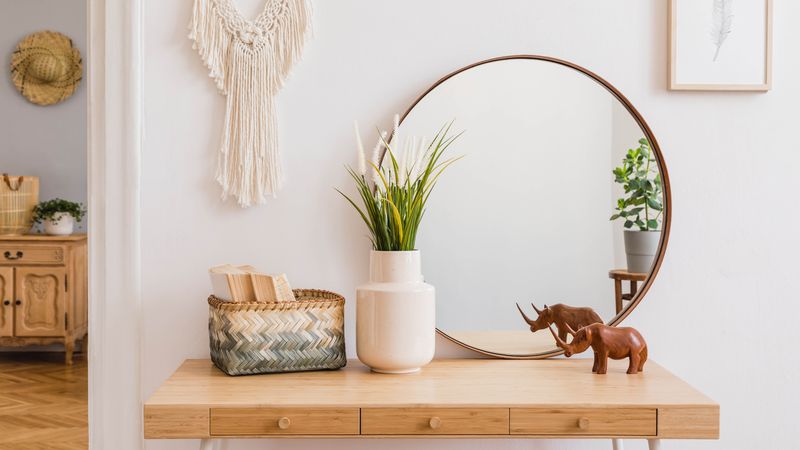
Mirrors can be magical in entryways, but position matters tremendously! A mirror reflecting a bathroom or messy kitchen defeats its purpose of creating brightness and spaciousness.
Hang mirrors where they’ll bounce natural light or reflect something beautiful. Perhaps your garden view or an art piece. The right placement transforms your space.
Also, consider height carefully. Nobody wants their first home impression to be a perfectly framed view of their double chin or an awkwardly cropped forehead.
7. Inadequate Lighting Solutions
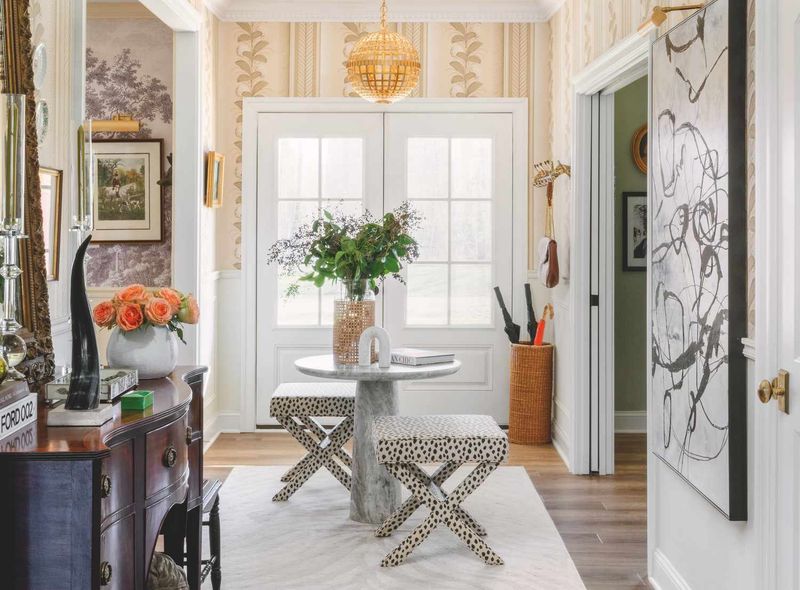
Dark, gloomy entryways feel unwelcoming and potentially unsafe. That single dim bulb hanging sadly from your ceiling isn’t doing anyone any favors! Layer your lighting with ambient, task, and accent options.
A ceiling fixture, wall sconces, and perhaps a table lamp create depth and functionality for different needs and times of day. Good lighting helps guests see where they’re going, find their belongings, and generally feel welcome rather than like they’ve entered a film noir detective’s office.
8. Visible Electrical Cords
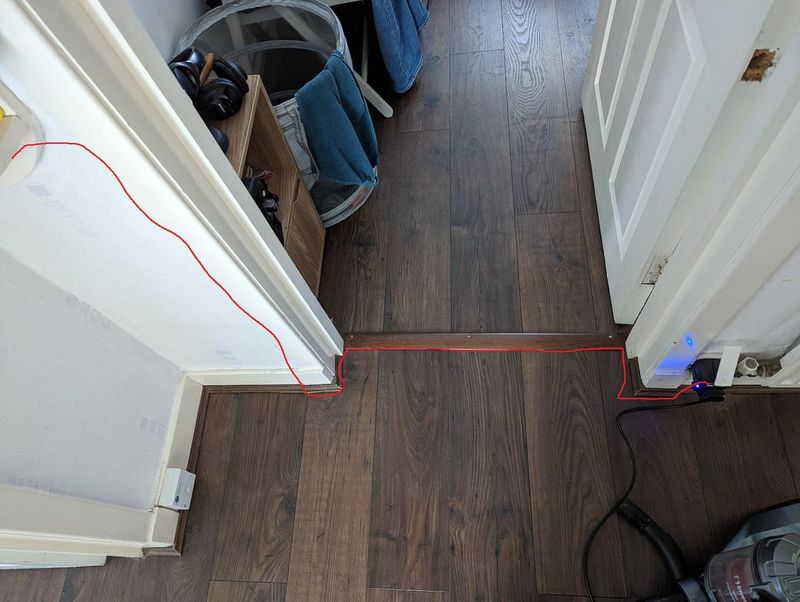
Tangled cords snaking across your entryway floor create both visual chaos and tripping hazards. They’re the interior design equivalent of bedhead, messy and unintentional. Plan your electrical needs carefully and use cord covers, cord clips, or furniture placement to conceal these necessary evils.
Battery-operated or rechargeable lamps offer cord-free alternatives worth considering. Your guests should notice your stylish decor choices, not play hopscotch around extension cords powering your ill-placed entryway accessories.
9. Unnecessary Furniture Pieces
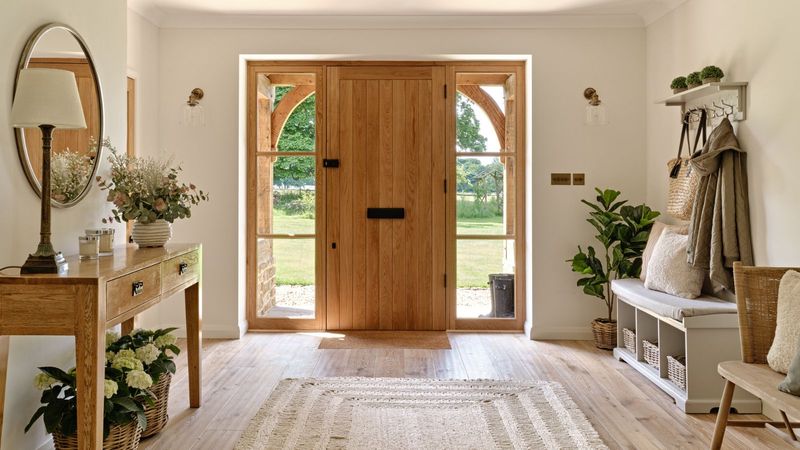
That adorable accent chair nobody ever sits in? The tiny table that holds nothing useful? These space-wasters have no business in your entryway! Every piece should serve multiple functions in this high-traffic zone.
A bench provides seating AND shoe storage. A console offers a landing spot for keys AND houses baskets for gloves and scarves. Ruthlessly evaluate whether each item earns its square footage through genuine usefulness, not just because it matched your Pinterest vision board.
10. Inappropriate Seasonal Decor Storage
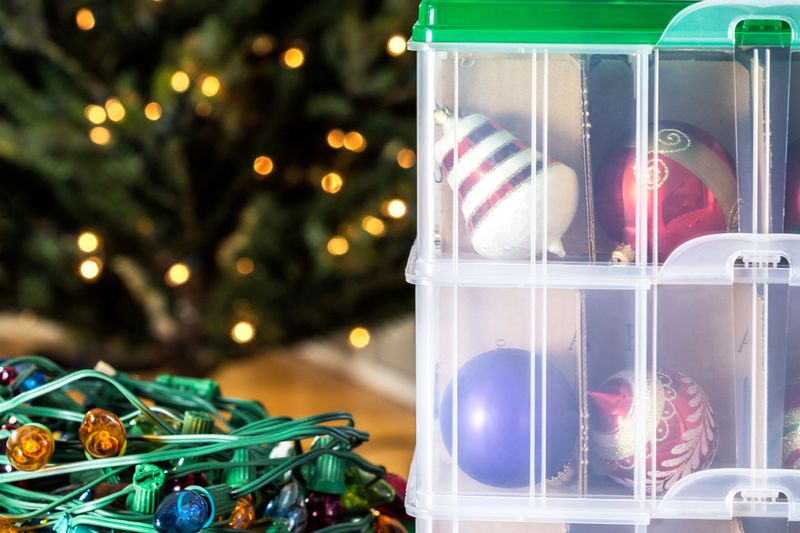
Holiday decorations belong in storage bins, not lingering in your entryway until the next holiday rolls around. Valentine hearts in June or Christmas wreaths in April send a concerning message about your attention to detail. Create a dedicated storage space elsewhere for off-season items.
Your entryway should reflect the current moment, not holidays past or future. Keeping seasonal decor fresh shows guests you’re present and intentional about your home, rather than someone who might still have a carved pumpkin melting on their porch in December.
11. Oversized Art That Overwhelms
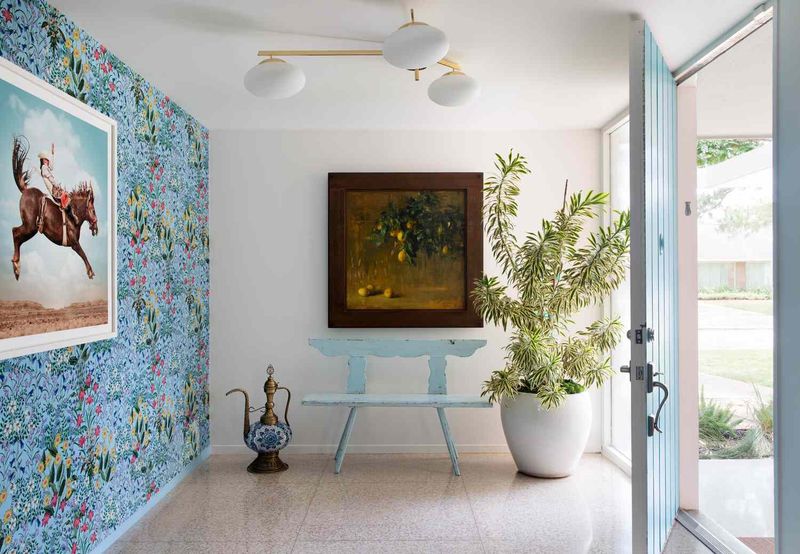
Scale matters tremendously in entryways! That massive canvas that looked perfect in the gallery showroom might make your modest foyer feel like it’s being swallowed whole.
Choose art proportionate to your wall space, leaving breathing room around the edges. When in doubt, go for a collection of smaller pieces rather than one overwhelming statement.
Your art should enhance your entryway, not dominate it so completely that visitors feel like they’ve accidentally stepped into an art museum’s storage room.
12. Cluttered Coat Rack
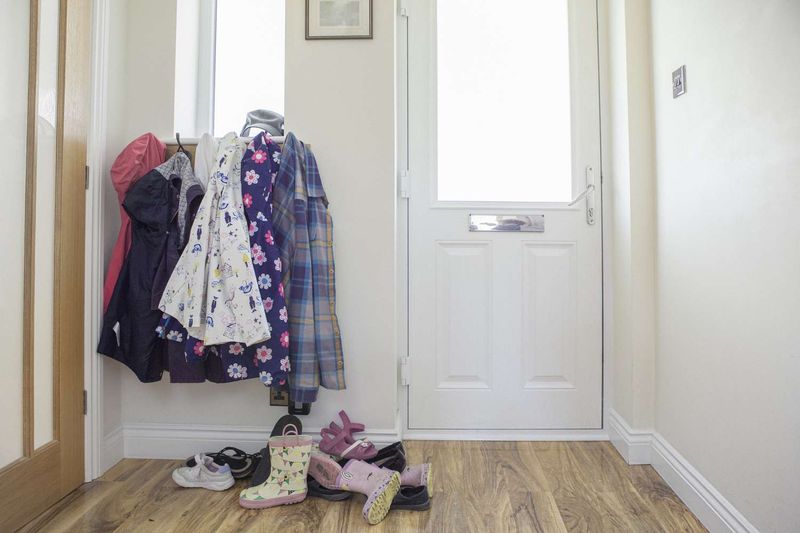
Imagine walking into a space where the coat rack screams chaos. A messy, overstuffed coat rack not only looks unappealing but can also make the entryway feel confined and disorganized. No one wants their first impression to be one of clutter and disorder.
Consider keeping only the essential outerwear on display, and store the rest in a closet. This ensures a neat look and makes your space feel more open.
Did you know? The concept of coat racks dates back to the 18th century, evolving from simple pegs to sophisticated designs.
13. GIANT NO #1: Overflowing Shoe Collections
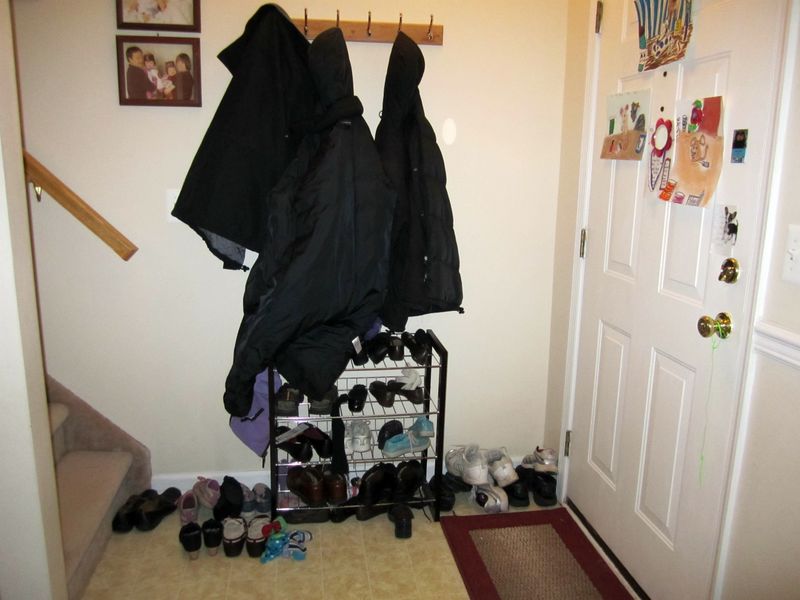
Mountains of footwear creating their own topography in your entryway? Absolutely not! This chaotic approach transforms your entrance from welcoming to resembling a discount shoe store after a hurricane.
Limit visible shoes to what’s currently in season and frequently worn. The rest should live in closets, under beds, or in dedicated storage elsewhere in your home.
Guests shouldn’t have to navigate an obstacle course of boots, sneakers, and flip-flops just to enter your living space.
14. GIANT NO #2: Makeshift Home Office Setup
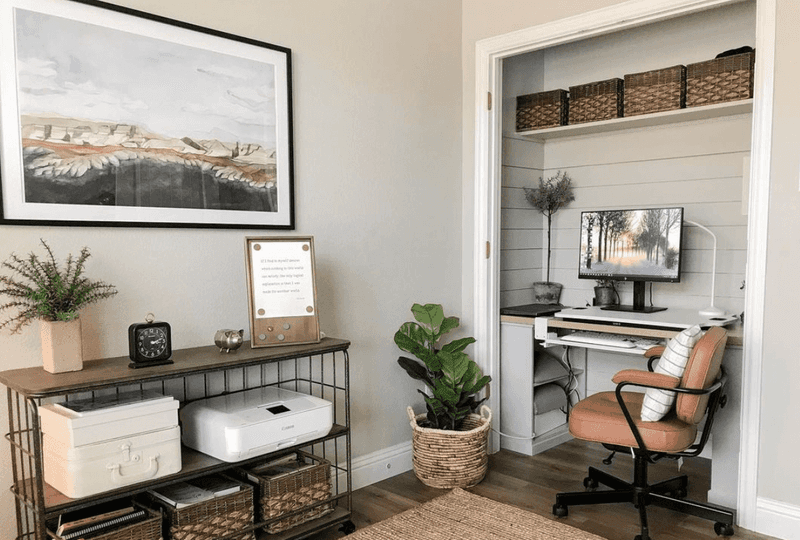
Working from home has its challenges, but your entryway should never become your office by default! This space has a specific purpose that doesn’t include Zoom calls or spreadsheets.
Laptop, papers, and office supplies in your entryway create visual clutter and broadcast work stress to everyone who enters. Even small homes can carve out better workspace options. Your guests shouldn’t feel like they’re interrupting a business meeting just by knocking on your door.
15. GIANT NO #3: Pet Supply Stockpiles
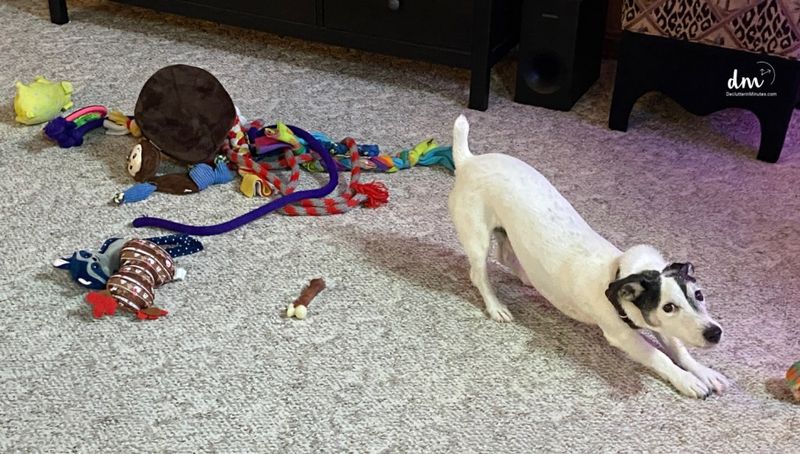
Love your furry friends, but their 40-pound bags of kibble and collection of squeaky toys don’t deserve entryway real estate. This prime space shouldn’t function as your pet supply warehouse.
Store food in airtight containers in laundry rooms, garages, or pantries. Keep just a few select toys in attractive baskets that complement your decor.
Your sophisticated entryway vibe instantly vanishes when visitors are greeted by industrial-sized pet food bags and half-chewed bones.
16. GIANT NO #4: Uncontained Children’s Items
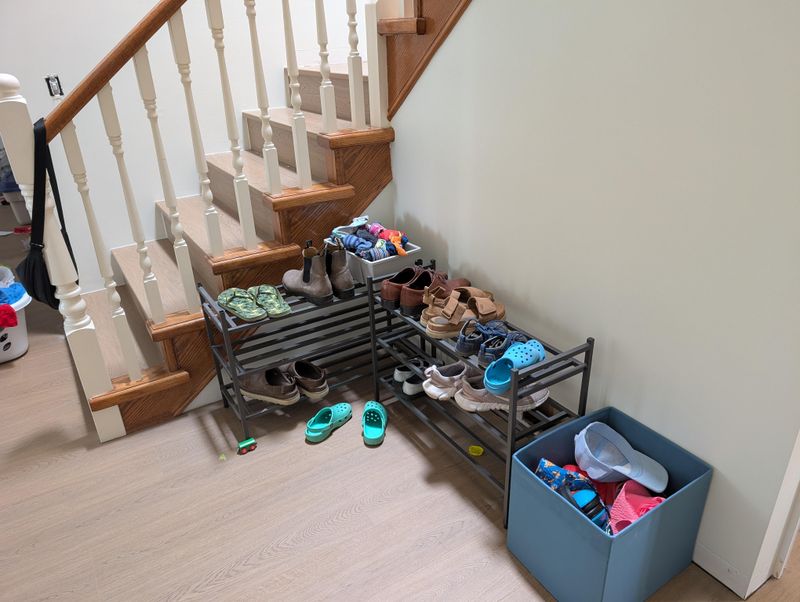
Backpacks, sports equipment, and toys exploding across your entryway create instant visual chaos. While kids come with stuff, that stuff needs boundaries!
Install kid-height hooks, cubbies, and bins in appealing colors that make organization fun and accessible. Label everything clearly so items have obvious homes.
Teaching children to contain their belongings isn’t just about aesthetics. It’s setting them up with organizational skills for life while keeping your entryway functioning for everyone.
17. GIANT NO #5: Bulky Winter Gear Without Storage
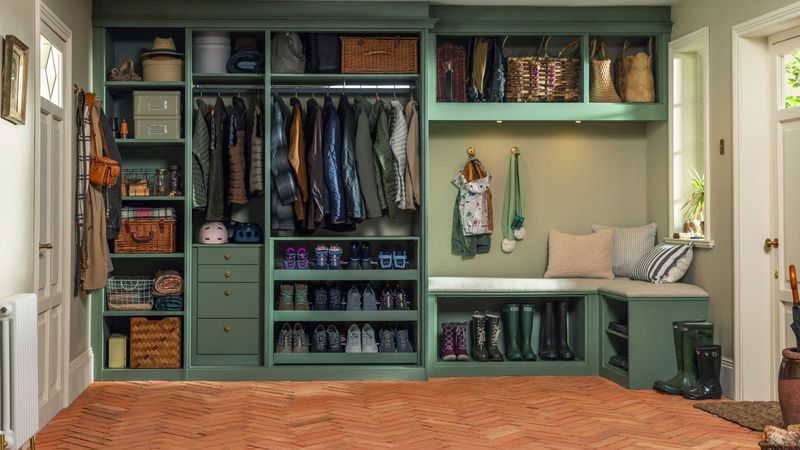
Winter coats, scarves, and boots multiply like rabbits, and without proper storage, they’ll consume your entryway whole. Those puffy jackets take up three times the space of summer clothing.
Invest in slim profile hooks, a narrow coat cabinet, or a seasonal rotation system. Off-season items should hibernate elsewhere until needed. Your entryway shouldn’t transform into an expedition outfitter’s warehouse just because temperatures drop below freezing.
18. GIANT NO #6: Empty Or Neglected Wall Space
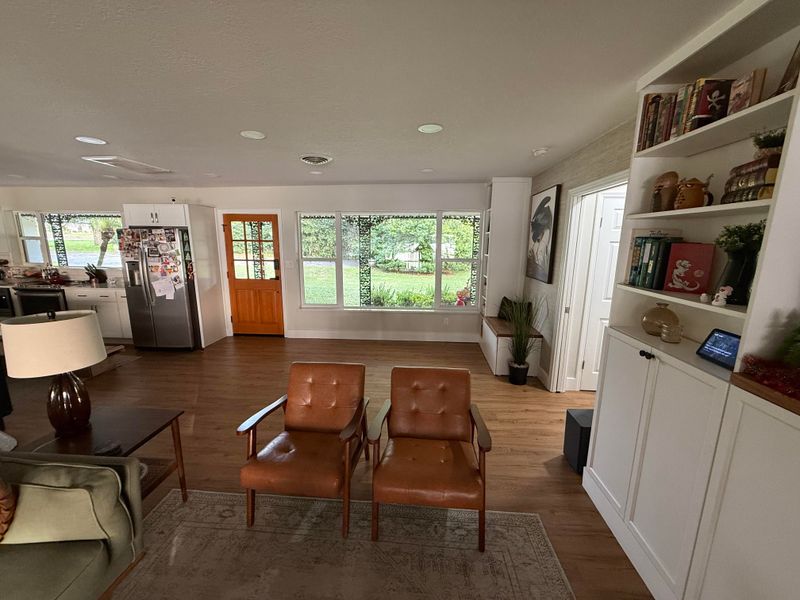
Bare, forgotten walls in your entryway scream “unfinished” and “unloved” to everyone who visits. This wasted vertical real estate could be working hard for both function and beauty!
Transform naked walls with hooks, floating shelves, mirrors, or art that reflects your personality. Vertical space offers storage and display opportunities without consuming precious floor square footage.
Your walls should contribute to solving entryway challenges, not stand by uselessly while clutter accumulates below them.
19. GIANT NO #7: Overwhelming Scents
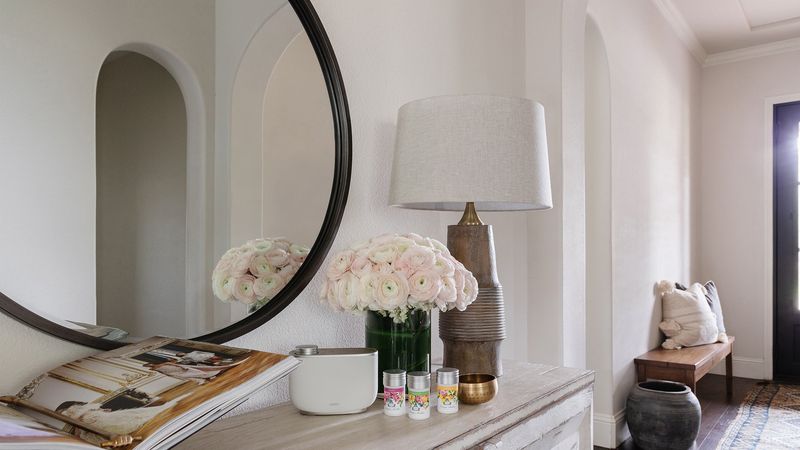
Strong air fresheners, potpourri bombs, or scent diffusers working overtime can transform your entryway from welcoming to weaponized! Not everyone appreciates being hit with a wall of fragrance upon entering. Choose subtle, natural scents if any. Remember that many people have sensitivities or allergies to artificial fragrances.
Make your home smell clean and fresh naturally, not like you’re attempting to cover something up with industrial-strength perfume that makes visitors’ eyes water.

